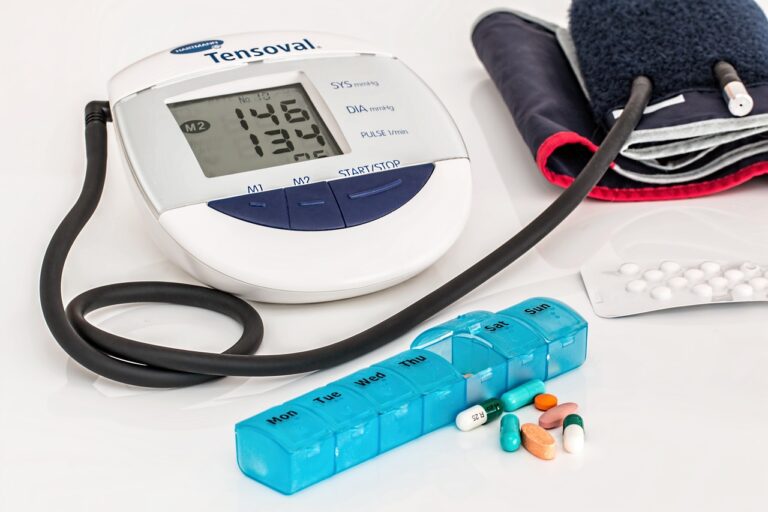Advancements in Prosthetics: Restoring Function and Quality of Life
An integral component of modern healthcare, prosthetics play a crucial role in improving the quality of life for individuals who have lost limbs due to congenital conditions, accidents, or medical procedures. By replacing missing body parts with artificial alternatives, prosthetic devices aim to restore mobility, functionality, and aesthetics to those in need. These sophisticated tools are custom-designed to meet the unique needs and preferences of each individual, allowing for greater customization and comfort.
Advancements in materials, technology, and manufacturing processes have vastly improved the quality and functionality of prosthetic devices in recent years. From basic models that provide essential mobility support to highly advanced robotic prostheses that mimic natural movements, the field of prosthetics continues to evolve at a rapid pace. As researchers and engineers strive to develop innovative solutions, the future of prosthetic technology holds great promise for enhancing the lives of countless individuals worldwide.
– Prosthetic devices are crucial in improving the quality of life for individuals who have lost limbs
– They aim to restore mobility, functionality, and aesthetics
– Custom-designed to meet unique needs and preferences
– Advancements in materials, technology, and manufacturing processes have improved prosthetic devices
– From basic models to highly advanced robotic prostheses
– The future of prosthetic technology holds great promise
History of Prosthetics
Prosthetics have a long and fascinating history that dates back to ancient civilizations. The earliest evidence of prosthetic devices can be traced back to ancient Egypt, where functional prosthetic toes were found on mummies. These early prosthetics were often crude and limited in their functionality, but they paved the way for the development of more advanced prosthetic devices in the future.
Over the centuries, advancements in prosthetics continued to evolve. In the Middle Ages, prosthetic limbs were crafted out of iron and leather, providing amputees with some level of mobility and function. It wasn’t until the 20th century that prosthetic technology truly began to flourish, with the introduction of lightweight materials, advanced mechanics, and computer technology. Today, prosthetic devices have become increasingly sophisticated, offering amputees a level of function and aesthetics that were once unimaginable.
Types of Prosthetic Devices
There are various types of prosthetic devices available to individuals with limb loss or limb difference. One common type is the lower limb prosthetic, which can include prosthetic legs designed for different levels of amputation, from below-the-knee to above-the-knee amputations. These prosthetic devices aim to restore mobility and improve the quality of life for amputees by enabling them to walk and engage in various activities.
Another type of prosthetic device is the upper limb prosthetic, which is designed to replace missing arms or hands. These prosthetics come in different forms, ranging from simple prosthetic hands with basic functionality to advanced myoelectric prosthetic limbs that can be controlled by the user’s muscle signals. Upper limb prosthetics play a crucial role in helping individuals perform daily tasks and regain independence in their daily lives.
What is a prosthetic device?
A prosthetic device is an artificial limb or body part that is designed to replace a missing or non-functioning body part.
How far back does the history of prosthetics go?
The history of prosthetics dates back to ancient Egypt, where early forms of prosthetic limbs have been found on mummies.
What are the different types of prosthetic devices available?
There are several types of prosthetic devices available, including prosthetic limbs, prosthetic eyes, prosthetic ears, and prosthetic fingers.
How do prosthetic devices work?
Prosthetic devices work by using materials such as plastic, metal, or silicone to mimic the appearance and function of the missing or non-functioning body part.
Are prosthetic devices expensive?
The cost of prosthetic devices can vary depending on the type of device and the level of customization required. Some prosthetic devices may be covered by insurance.







